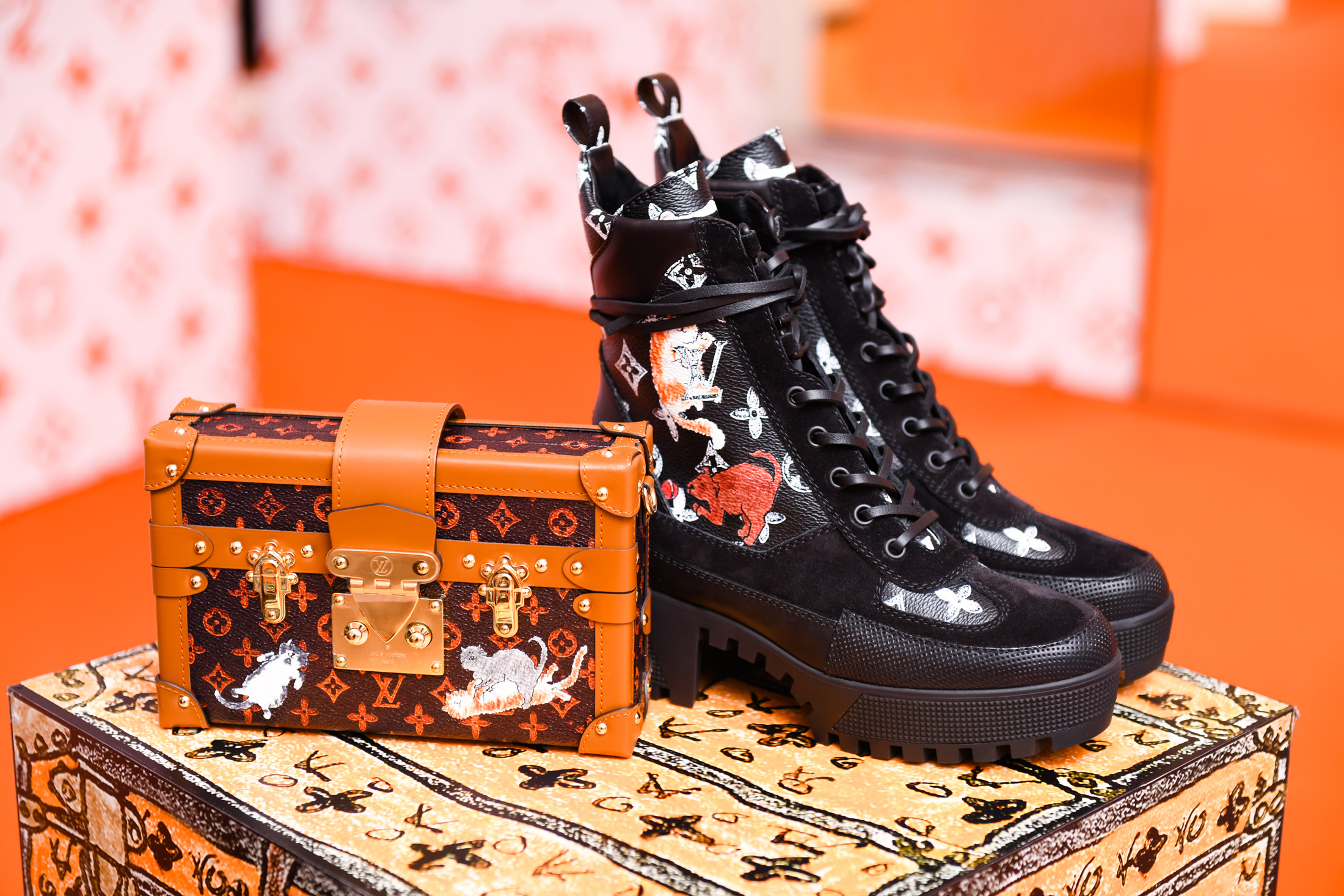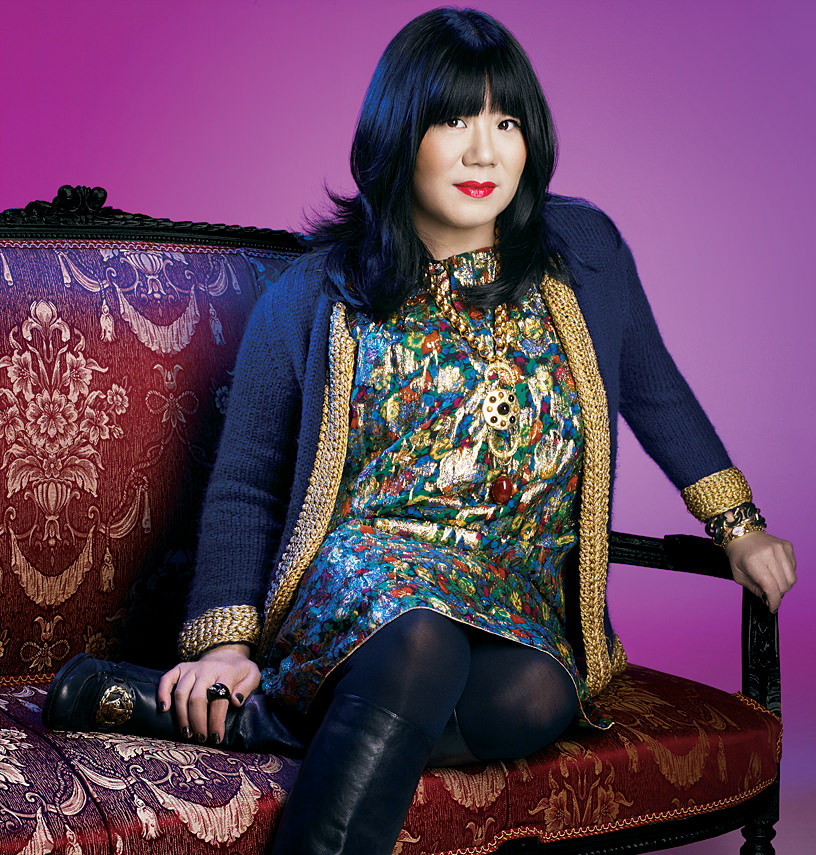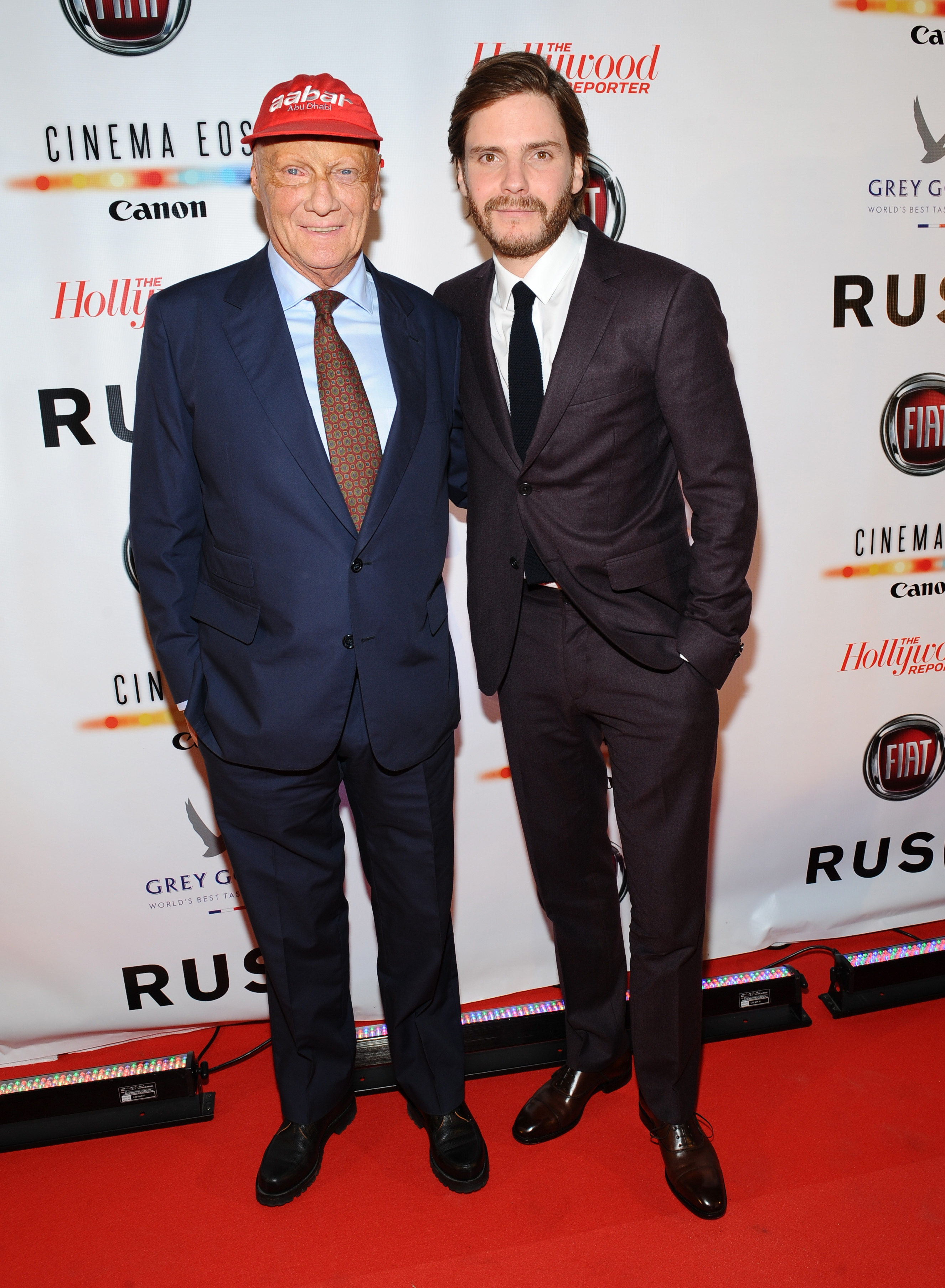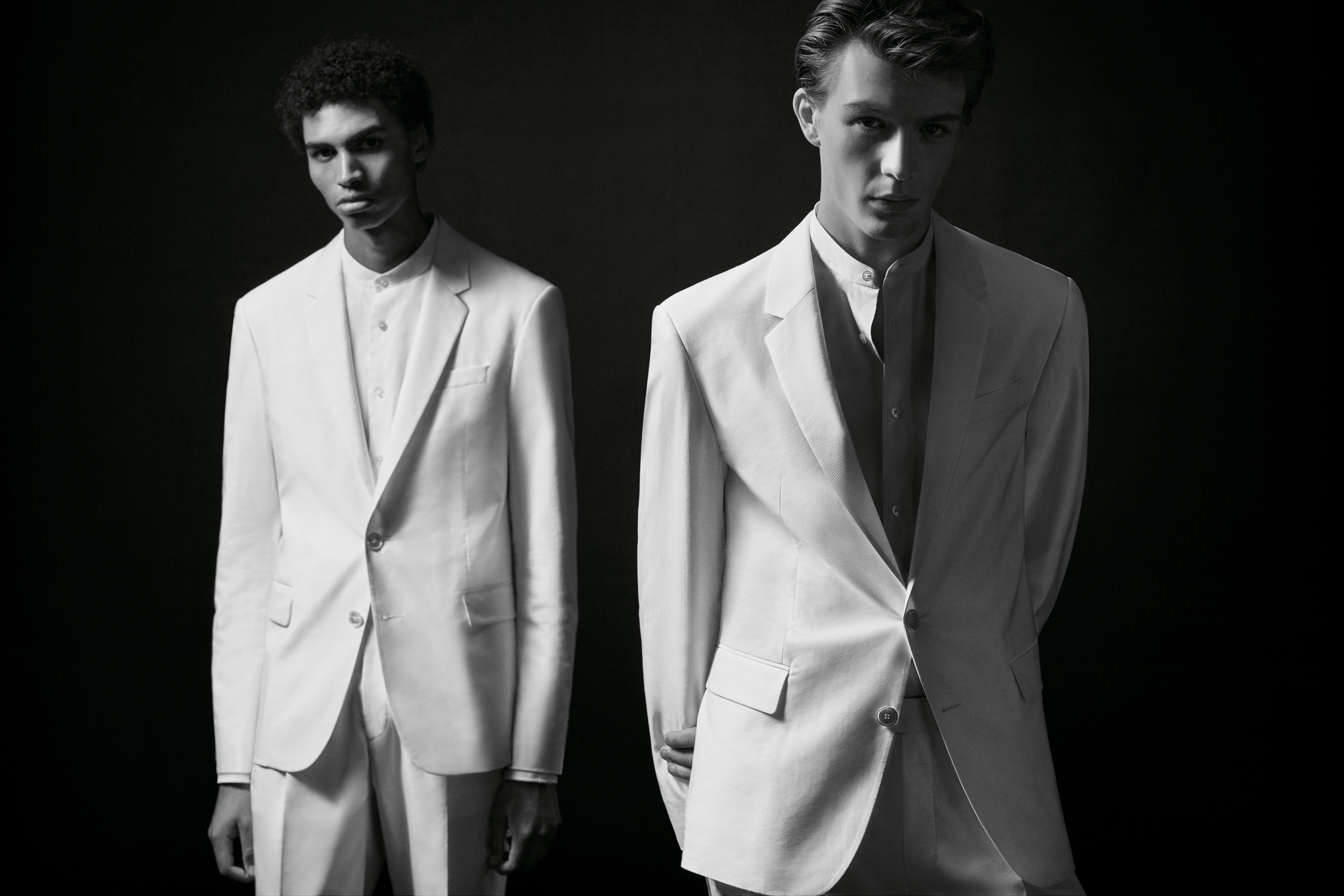-
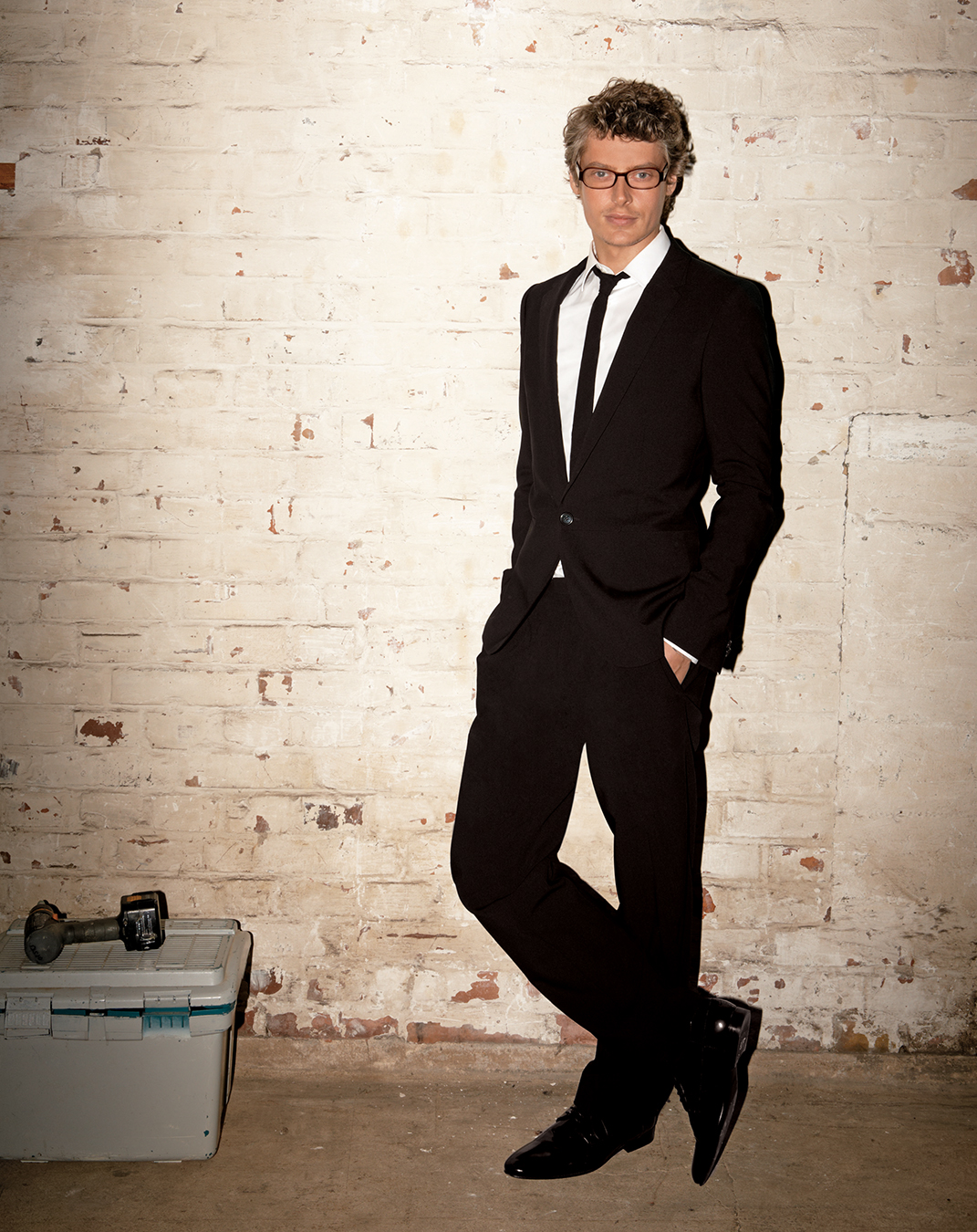
Bruno Pieters
-
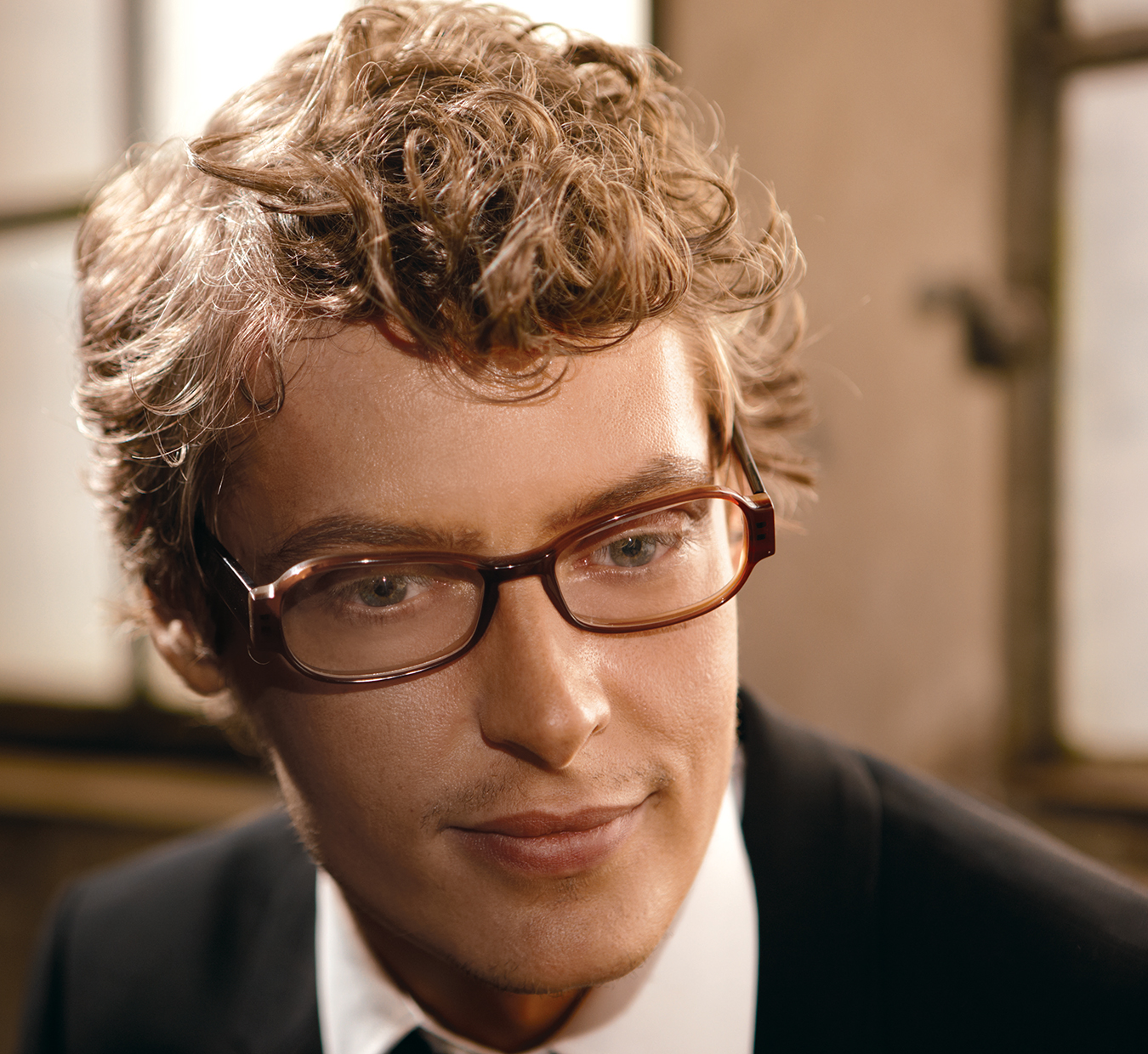
Bruno Pieters
-
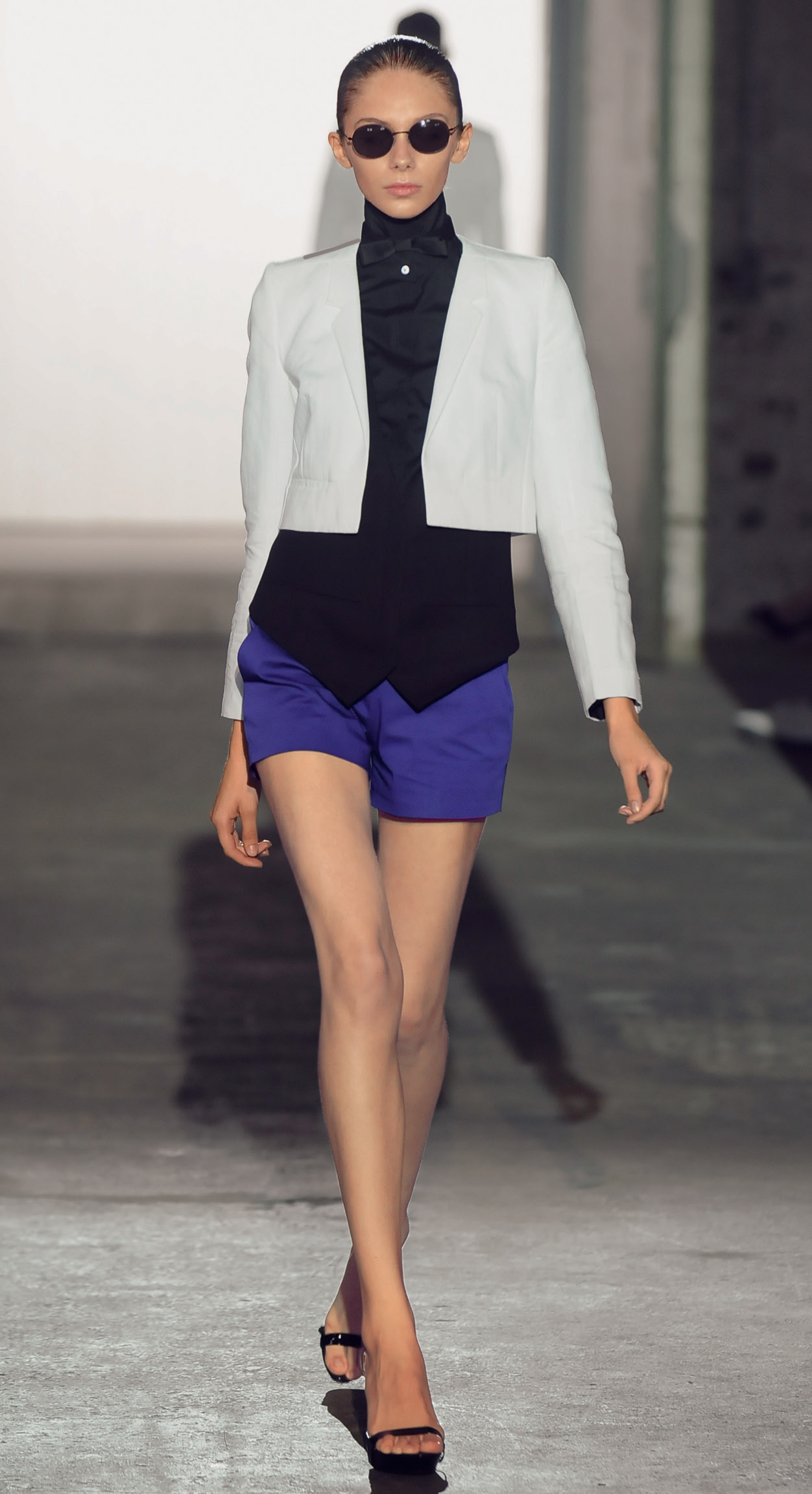
HUGO women’s Spring/Summer collection 2009.
-
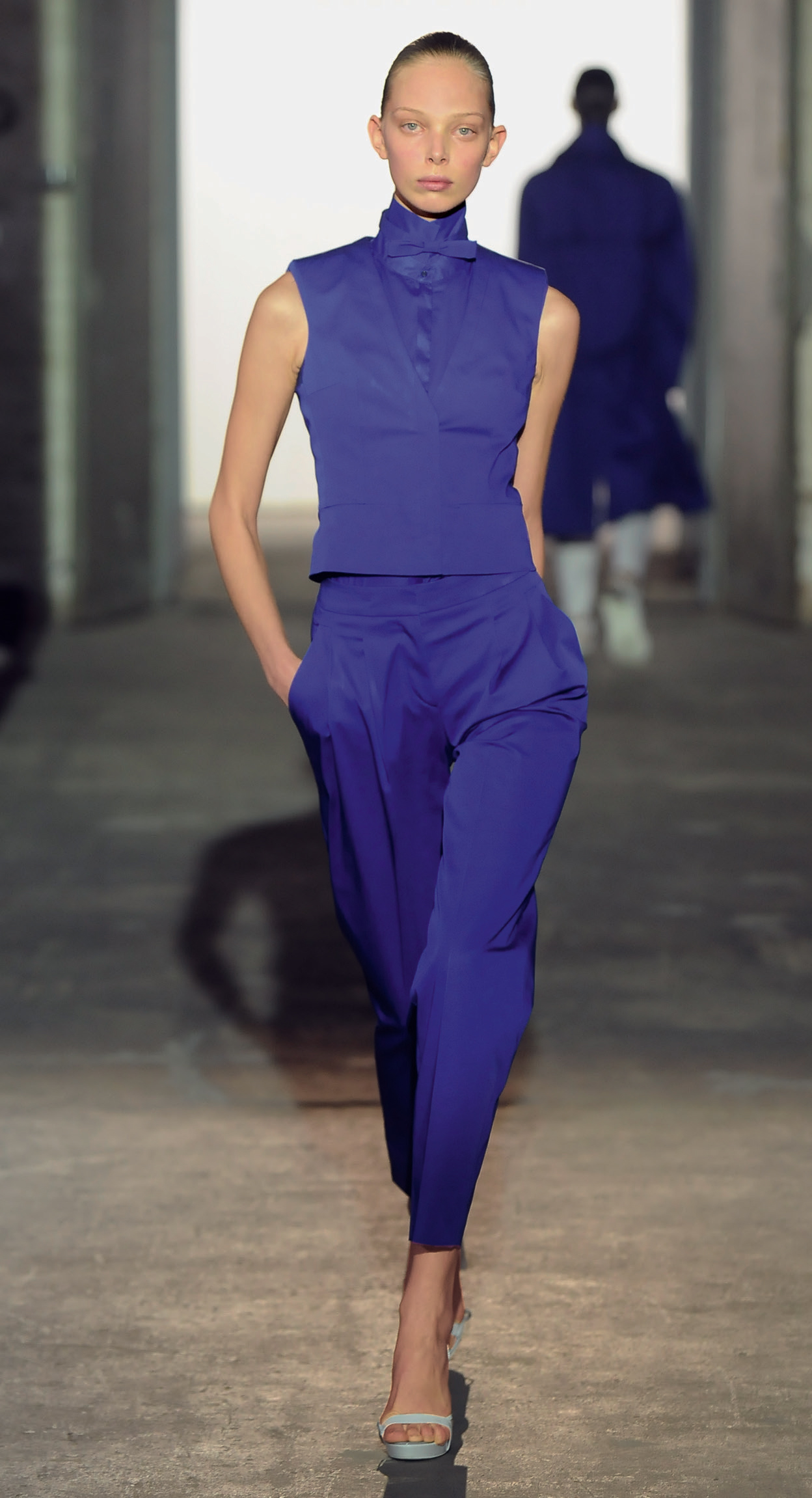
HUGO women’s Spring/Summer collection 2009.
-
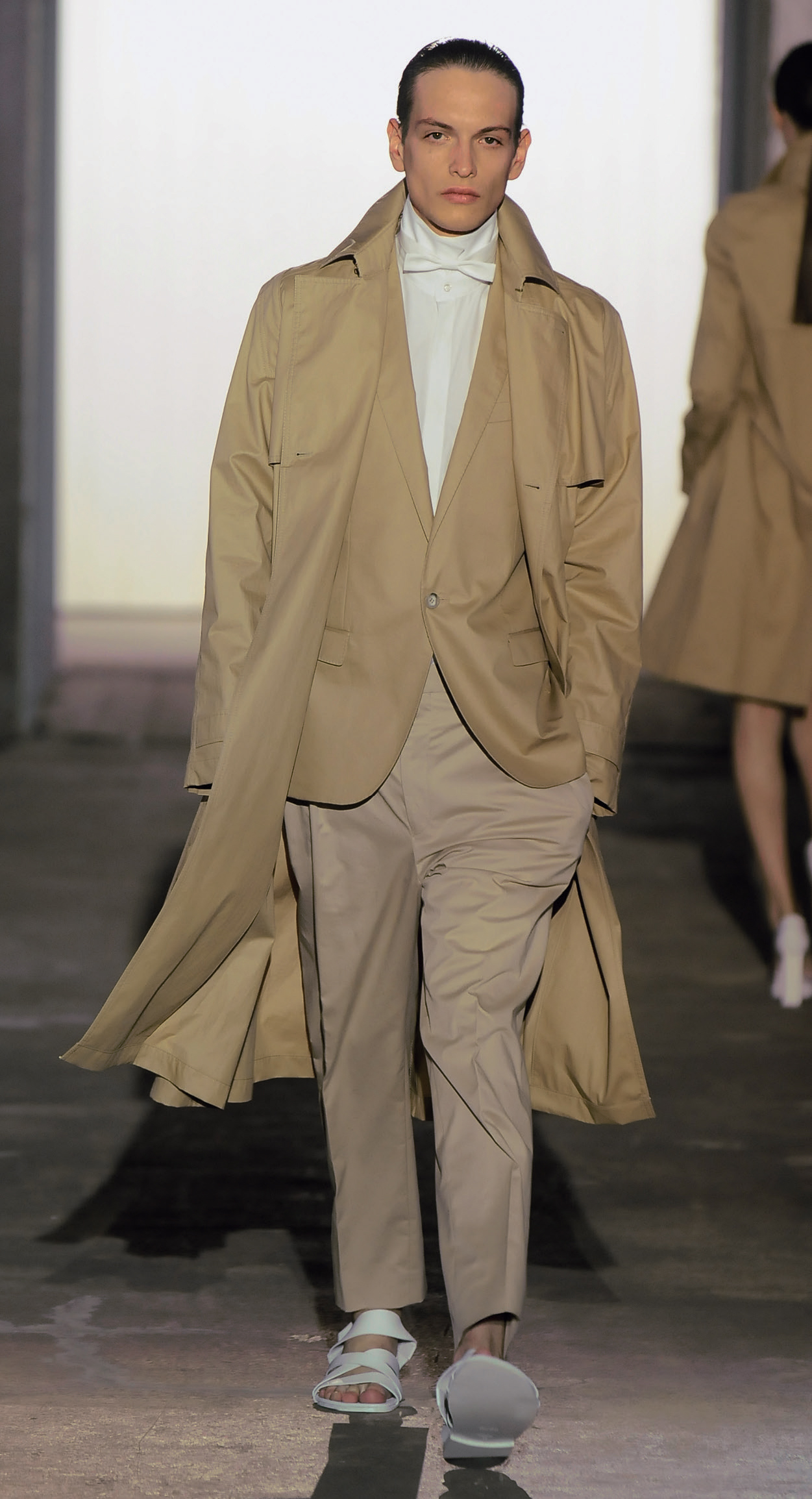
HUGO men’s Spring/Summer collection 2009.
Bruno Pieters
Boss of style.
There must be something in the water in Antwerp.
Dries Van Noten, Ann Demeulemeester, Dirk Bikkembergs, Marina Yee, Walter Van Beirendonck, Dirk Van Saene—otherwise known as the Antwerp Six—began a movement that turned out to be significant in the fashion industry. This collective, all design graduates from Antwerp’s Royal Academy of Fine Arts, rented a truck and set out, in 1988, for London Fashion Week. The group showed their respective collections, unanimously capturing the attention of press and buyers, and in the process put Antwerp on the map of the international fashion scene.
The next wave of Flemish designers includes similarly intriguing innovators: Véronique Branquinho, Bernhard Willhelm, Raf Simons. Perhaps it is the local textile industry, the under-exploited vintage clothing stores, the low cost of living, the fashion libraries, the art colleges, the museums and galleries, and the rich live-arts community that makes this region a sanctum for burgeoning designers. One of the relatively new talents is 31-year-old Bruno Pieters, a 1999 graduate of the famous fashion academy. You may have yet to hear of him, but you should remember this Belgian fellow the next time you need a contemporary, well-tailored suit. Not for nothing he is the artistic director for HUGO, the most avant-garde line of the Hugo Boss group.
After graduation, Pieters worked in Paris for two years with Martin Margiela, Josephus Thimister, and Christian Lacroix, before launching his own haute couture collection during Paris Couture week in 2001. At the time, Suzy Menkes from the International Herald Tribune described Pieters as “an intriguing new talent”, and French magazine L’Officiel wrote, “Bruno Pieters made a fine debut … probably the best couture presentation of the week.” A prêt-à-porter collection for women followed in 2002, and four years later he began designing for men. Accolades ensued; Pieters won the Swiss Textile award in 2006, as well as the Yves Saint Laurent award in 2007. That same year, while continuing to design for his own label, he began working for Hugo Boss.
This is what has brought him to Berlin Fashion Week to present the Spring/Summer 2009 collection for HUGO. The show has just ended, and backstage, Pieters is all smiles. This is only the second collection he has designed for the German fashion giant, the first was Fall/Winter 2008. “I wanted to work with all the strengths HUGO already had, such as great tailoring, wonderful materials, and play with the concept of the suit, since they [Hugo Boss] were a suit company originally,” says Pieters. “I did this in a very graphic way, changing the proportions, architectonic silhouettes, and graphic styles.”
The Bauhaus-inspired collection is “safari meets avant-garde”: clean lines, simple shapes, functional details. Pieters has an eye for tailoring that takes his jackets, pants, and shirts beyond the mundane. White, black, and beige are the staples with a surprise electric blue. The clothing is crisp; seams and darts are prominent design elements, and his tailoring is perfect when he cuts suit jackets into subtle geometric panels.
Bruno Pieters is reserved and avoids flashy antics. his fashion manifests itself with a particularly Belgian sensibility: thoughtful, deliberate, well-crafted, and inventive.
Pieters has a trim figure, delicate features, light eyes. He is reserved and, as with most Antwerp designers, avoids flashy antics. Instead, the passion for fashion manifests itself with a particularly Belgian sensibility: thoughtful, deliberate, well-crafted, and inventive.
There are two individuals at the HUGO helm: Bruno Pieters and Eyan Allen, who is the creative director. “I am the designer and art director and he’s [Allen] more involved with the follow-up of the team and in touch with the different markets, more of a commercial person. The roles are very clear,” affirms Pieters.
A designer, tailor, and craftsman, Pieters is one of those Antwerp designers who think outside the envelope without becoming ridiculous. “What we have in common with Belgian designers is that sense for reality. That is something with German design too; reality and feeling.” Sales figures for HUGO have risen nine per cent since Pieters designed their first collection. Not a bad figure, considering those returns are after one season, and the line was already doing well.
Pieters spends his time between Metzingen, the Hugo Boss headquarters, and Antwerp, where he lives. “I get up at 5:00 a.m., take a taxi and then a plane. I come here [Metzingen] once or twice a week. I spend a lot of time during fittings getting everything perfect because these clothes are about the fit, and they are about the details. I oversee the collection and usually return home the following day.” He has a preference for the quiet focus of working in Antwerp (he refers to it as a village) over the flash and adrenaline of a city like Paris or London. “In Antwerp I have my friends there and work on my own line, which is much smaller.”
There is a lack of arrogance to Pieters’s evident ambition, and an honest determination to take the long view of his career, rather than to trade reputation for a quick hit. His style is low-key, never tawdry but personal; while his own line is marked by romanticism, HUGO maintains a more geometric, German-style register, in observance of the identity of the brand label.
Pieters is ever grateful for the position in which he finds himself, and is sure to mention the role his mentors have played. “My lecturer at the Academy was Hieron Pessers and it is to him that I owe my passion for forgotten sartorial techniques. I worked for Martin Margiela right after I graduated. As a student you have this image of fashion—what it should be—all very naive. He [Margiela] brought me this sense of reality, that it’s a business, that it’s a product, that you have to create something that is desirable and that you want to buy—the facts, that’s what I learned there. At Lacroix, I learned more about the tailoring, the finishing, the handmade stuff; it was couture so it was the opposite, but it’s also a beautiful part of it—the whole luxury and dream feeling. I am happy I have had a bit of both.”
Bruno Pieters is one of the freshest and most talented faces on the runway, “I’m getting to learn it little by little. I love the speed in which it goes, the energy. Every six months you have a new collection, new work to show, this I love,” he says, with emphasis on the word love. He pauses, “I haven’t been in it long enough. I’m not bitter yet.” And hopefully, he never will be.





